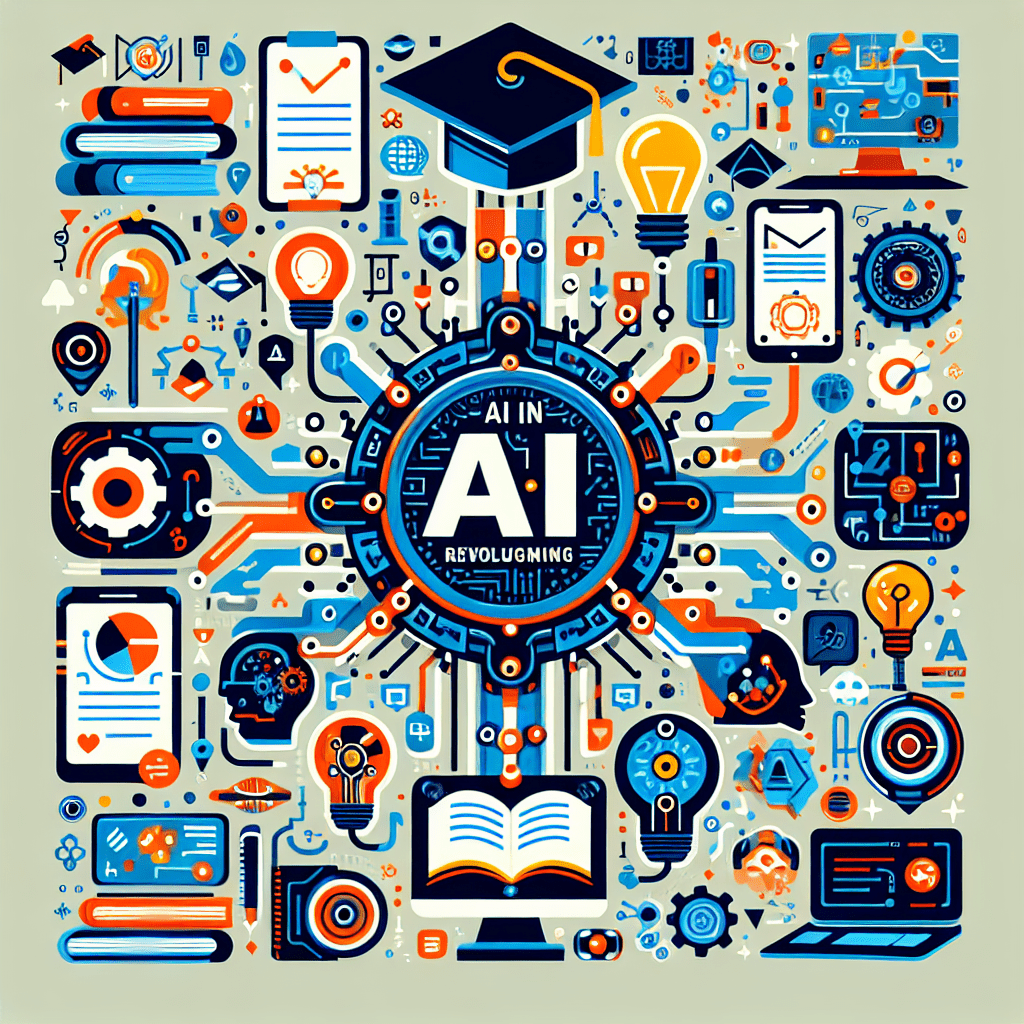Transforming Education: The Impact of AI on Learning
Table of Contents
Imagine a classroom not bounded by walls but by the potential of each student’s curiosity. Here’s how artificial intelligence (AI) is starting to redefine the educational landscape, making learning a more tailored and inclusive journey.
How AI is Reshaping Education
The integration of AI in educational settings extends far beyond robotic assistants handling routine tasks. It’s about creating an adaptable learning environment that responds to the needs of each student. Let me guide you through several groundbreaking implementations of AI in education.
Adaptive Learning Systems
Let’s start with adaptive learning technologies. I remember the first time I encountered an adaptive learning platform during a tech conference. It was fascinating to see how the software adjusted its content based on the learner’s responses in real time. These systems analyze student input and tailor educational material to challenge their strengths and bolster their weaknesses, making learning a far more engaging experience.
AI-Powered Tutoring
AI-powered tutoring systems are another area where AI is making significant inroads. These systems provide personalized feedback and support, akin to a tutor who’s always available. From my observations, students using these platforms often feel more supported as they can learn at their own pace without feeling the pressure of keeping up with the class.
Automation of Administrative Tasks
AI’s role isn’t limited to teaching and tutoring. It’s also transforming administrative tasks. Schools are using AI to streamline everything from grading to scheduling, freeing up teachers to spend more time with their students. This shift not only improves operational efficiency but also enhances the educational experience by allowing more human interaction and personalized teaching.
Personalizing Education: The Role of AI
The core of AI’s impact in education is personalization. Traditional educational models often apply a one-size-fits-all approach, but AI shatters this mold by offering custom learning experiences to every student.
Real-world Example: Squirrel AI Learning
Take Squirrel AI, for instance. This AI-driven platform is a pioneer in adaptive learning in China. It evaluates a student’s knowledge in real time, identifying knowledge gaps and adapting instructional content accordingly. As a tech journalist, seeing such applications in action reassures me about the potential of AI to democratize education, making high-quality, personalized education accessible to students across diverse backgrounds.
Integrating AI with Traditional Teaching Methods
Blending AI with traditional teaching methods can magnify its benefits. AI can handle quantitative, repetitive tasks while teachers focus on qualitative, creative aspects of education. This synergy enhances the learning process, making education both efficient and deeply humanistic.
Future Trends in AI and Education
Looking forward, the horizon of AI in education is expansive. We are venturing into realms where AI not only personalizes learning but also creates immersive, virtual realities that mimic real-world environments. These advancements could revolutionize how practical skills are taught and learned.
Concluding Thoughts
In essence, AI in education transcends the traditional paradigms of teaching and administrative tasks. It’s about enhancing the educational journey, making learning more relevant, personalized, and accessible. The future of AI in education is not just about integrating new technologies but rethinking the role of technology in learning itself.

